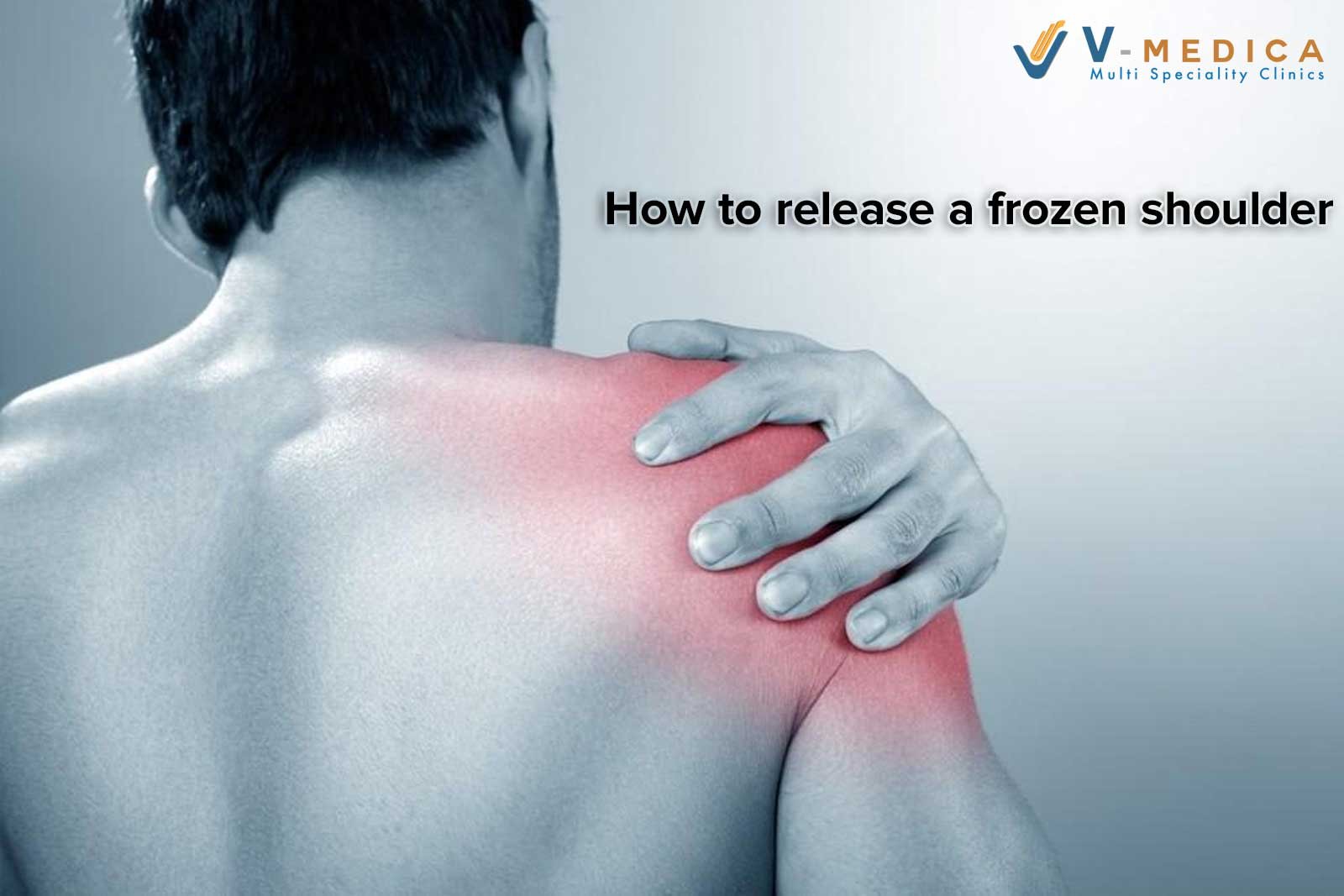Frozen shoulder (adhesive capsulitis) is a disorder characterized by pain and loss of motion or stiffness in the shoulder. It affects about two percent of the general population. It is more common in women between the ages of 40 years to 70 years old. The causes of frozen shoulder are not fully understood. The process involves thickening and contractual of the capsule surrounding the shoulder joint. A doctor can diagnose frozen shoulder based on the history of the patient’s symptoms and physical examination. X-rays or MRI (magnetic resonance imaging) studies are sometimes used to rule out other causes of shoulder stiffness and pain, such as rotator cuff tear.
Risk Factors/Prevention
Frozen shoulder occurs much more commonly in individuals with diabetes, affecting 10 percent to 20 percent of these individuals. Other medical problems associated with increased risk of frozen shoulder include: hypothyroidism, hyperthyroidism, Parkinson’s disease, and cardiac disease or surgery. Frozen shoulder can develop after a shoulder is injured or immobilized for a period of time. Attempts to prevent frozen shoulder include early motion of the shoulder after it has been injured.
Symptoms
Pain due to frozen shoulder is usually dull or aching. It can be worsened with attempted motion. The pain is usually located over the outer shoulder area and sometimes the upper arm. The hallmark of the disorder is restricted motion or stiffness in the shoulder. The affected individual cannot move the shoulder normally. Motion is also limited when someone else attempts to move the shoulder for the patient. Some physicians have described the normal course of a frozen shoulder as having three stages:
- Stage one: In the “freezing” stage, which may last from six weeks to nine months, the patient develops a slow onset of pain. As the pain worsens, the shoulder loses motion.
- Stage two: The “frozen” stage is marked by a slow improvement in pain, but the stiffness remains. This stage generally lasts four months to nine months.
- Stage three: The final stage is the “thawing”, during which shoulder motion slowly returns toward normal. This generally lasts five months to 26 months.

Treatment Options
Frozen shoulder will generally get better on its own. However, this takes some time, occasionally up to two to three years. If you have a stiff and painful shoulder, see your physician to make sure no other injuries are present.
Treatment is aimed at pain control and restoration of motion. The first goal is pain control. This can be achieved with anti-inflammatory medications. These include pills taken by mouth, such as ibuprofen or Naprosyn, as well as injections, such as corticosteroids. To restore motion, physical therapy is usually started. This may be under the direct supervision of a therapist or via a home program. Therapy includes stretching or range-of-motion exercises for the shoulder. Sometimes heat is used to help decrease pain.
If these methods fail, nerve blocks are sometimes used to limit pain and allow more aggressive physical therapy. More than 90 percent of patients improve with these relatively simple treatments. Usually, the pain resolves and motion improves. However, in some cases, even after several years the motion does not return completely and a small amount of stiffness remains. In the long run, this small loss of motion does not seem to cause functional limitations.

